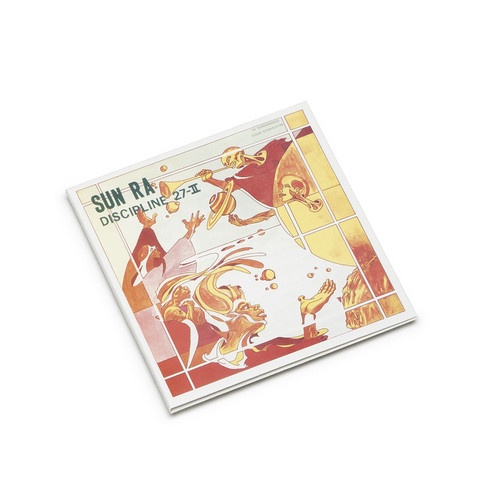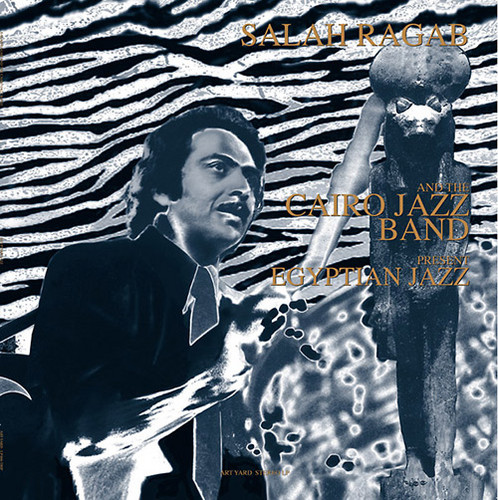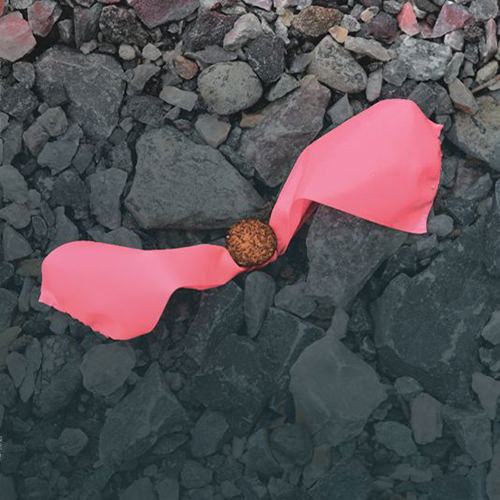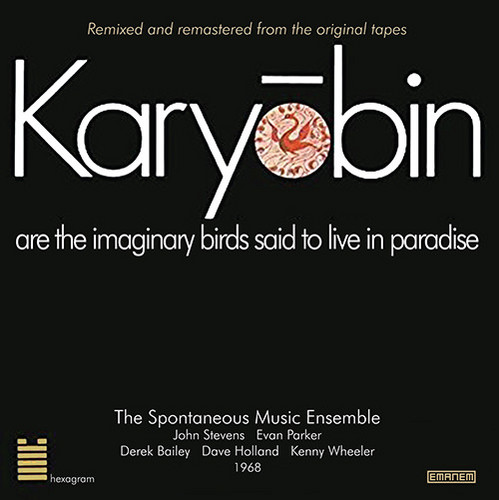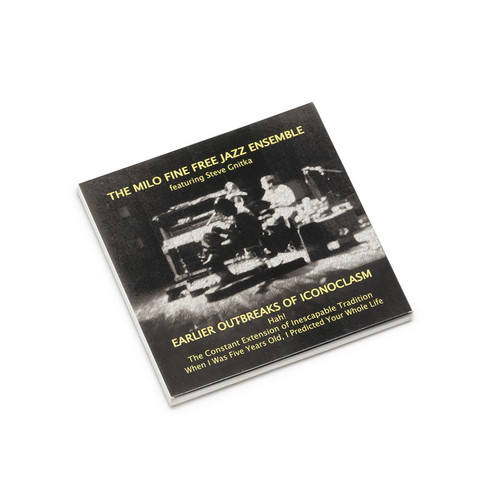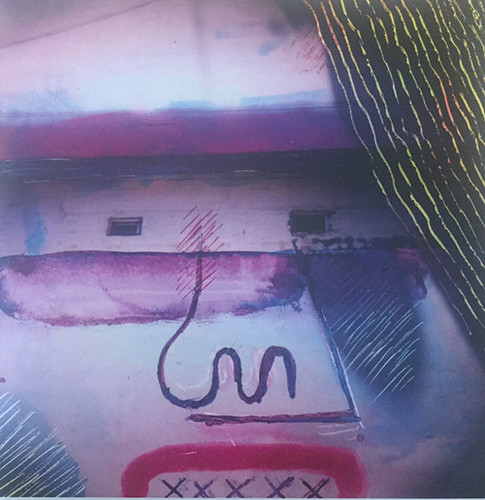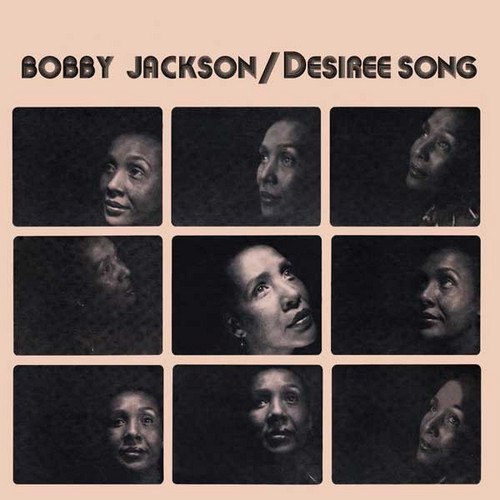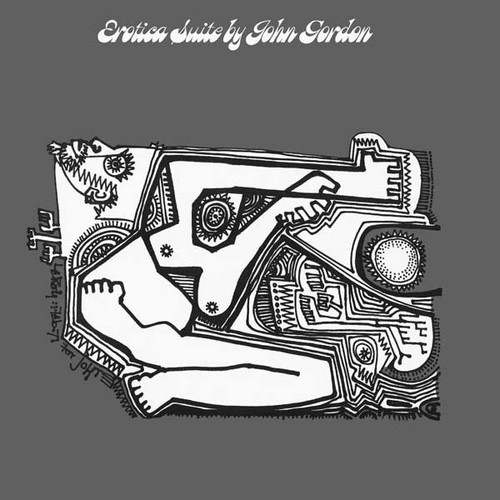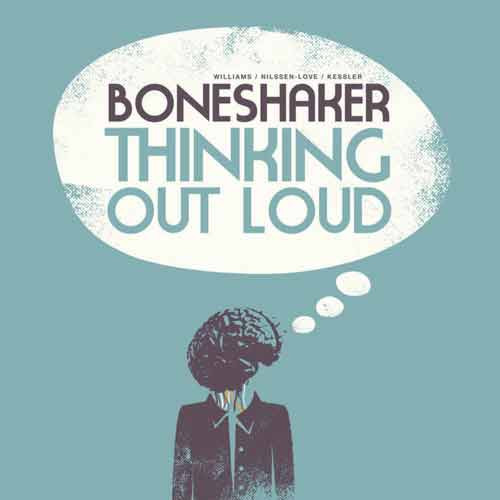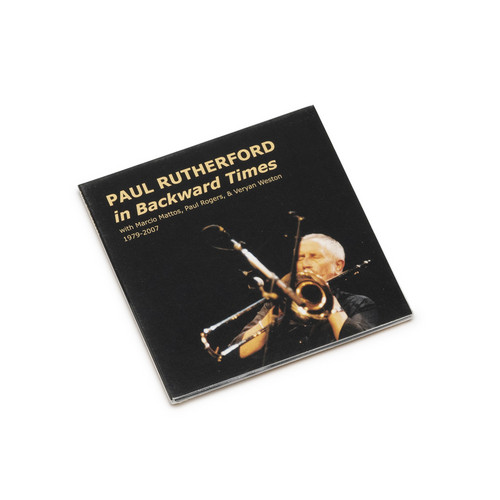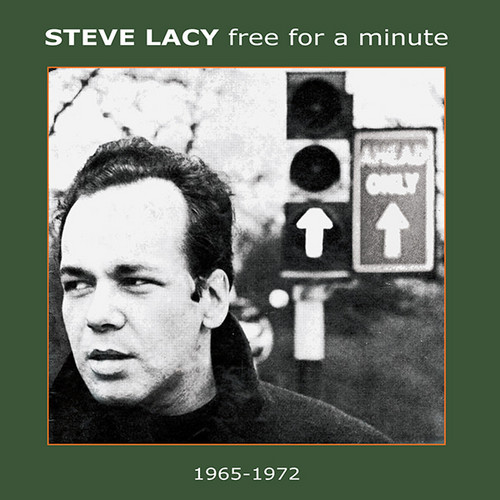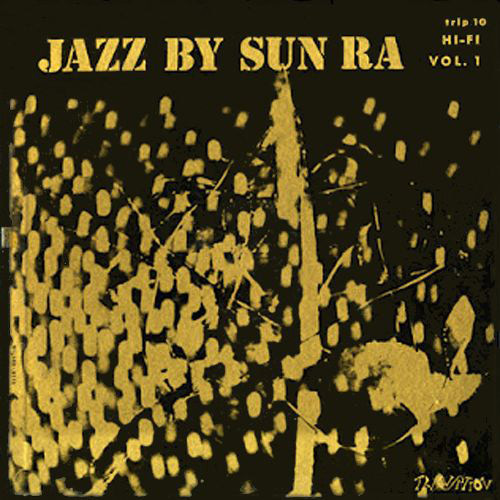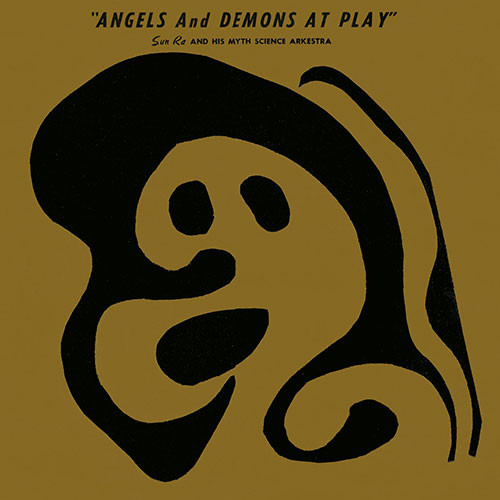Jazz /
Discipline 27-II
Corbett Vs. Dempsey present a reissue of Sun Ra Discipline 27-II, originally released on El Saturn Records in 1973. Arguably the last great original-era Saturn LP to be reissued on CD, Discipline 27-II has long deserved to be more familiar to Sun Ra fans and layfolk alike. Recorded during the same sessions in 1972 at Chicago's Streeterville Studios that produced Ra's most popular and best-known record, Space Is The Place (1973), it's got much the same vibe, from the 24-minute four-part suite of …
Egyptian Jazz
2017 repress - remastered; Originally released in 2006. Egyptian Jazz represents The Cairo Jazz Band responding to the American jazz scene of the '60s and '70s with influences from Mongo Santamaria to Randy Weston and Sun Ra. These tracks were first presented by The Ministry Of Culture in Cairo as a Prism Music Production and released with an additional disc by the composer Soliman Gamil. This release marks the first time Salah Ragab and The Cairo Jazz Band's definitive works are presented to…
Insalata Statica
**A real find. In the best way this is a record that is immediate and enduring. Limited to just 300 copies for the world, we urge you to grab one while you can** The new solo LP by Giovanni Di Domenico, Insalata Statica comprises a single album-length composition, initially a suite of six distinct parts that have been weaved together to form a kaleidoscopic whole. Composed and performed almost in its entirety by Di Domenico himself, the music takes listeners from passages of melancholic introsp…
III (Disque D'ORgue)
Going's third effort is a joint release by Silent Water and meakusma. Recorded in the span of one year in monthly recording sessions, it sees them venture off into an at times melismatic and contrasting contemplation on forward musical propulsion, 70s crossover jazz and minimalistic and at times downright futuristic electronic music. Over the course of two spun out yet concentrated pieces, light and dark are built into a mesmerizing musical reverie that is equally as contemplative as it is expli…
Lotus
**CD edition** Konstrukt has made contact with both Alexander Hawkins and Alan Wilkinson during their presence at Konfrontationen Festival in Nickelsdorf in 2013 where the band performed for the second time in Austria after Saalfelden Jazz Festival with Marshall Allen in 2011. All three parts were excited and have agreed to get together sometime in the future.The result was a night of music with high energy and a wide musical perspective. From drum&bass to ethnic funk vibes, from straight free j…
Karyobin
Invaluable CD reissue for Spontaneous Music Ensemble’s groundbreaking and inspirational Karyōbin (1968) - a pivotal moment in the history of free-jazz/improvised music featuring the combined talents of Derek Bailey, Evan Parker, Dave Holland, John Stevens and others, now presented by Martin Davidson’s lagendary Emanem label on its golden jubilee, remixed and remastered from the original tapes with new liner notes.The histories of free-jazz, with subsequent narratives of improvisation which grew…
Ah!
George Khan could be called a forgotten pioneer of the London free music scenes, except that anyone who has heard or seen or met him could surely never forget him. A superb saxophonist and flautist, as well as one of the nicest and most laid-back people - he is capable of outputting an apparently endless stream of what is generally called Fire Music. Meeting up with Terry Day in the mid-1960s, Khan became a member of the People Band, and since then has mostly combined his musical and theatr…
Earlier Outbreaks of Iconoclasm
Three early recordings by the long lasting duo of Milo Fine (clarinet, percussion and piano) and Steve Gnitka (electric guitar). The first two sessions, HAH! from 1976 and The Constant Extension of Inescapable Tradition from 1977, were issued on two hat Hut LPs (with two tracks missing). The third, When I was five years old, I predicted your whole life from 1978, was scheduled to appear on Horo, but that label went bust before it happened, so this material is now making a very belated first …
Badlands
Imagined while crossing the great american plains, 'Badlands' is the first solo album by saxophonist Cathy Heyden. Each side of the record reveals a different facet of the (the devil's) instrument and of the (accomplished) instrumentist. 'Coyotes' pulls out of studio recording the tour de force of a radical evocation of the wild and nocturnal immensity of the desert ; while 'Soda Lake' meticulously explores unexpected patterns and matters. Co-released with 213 Records
Nafas
Combining some of the most innovative players from each of three cities (Beirut – Cairo – Istanbul), Karkhana met in Beirut for the first time in February 2014 with the very ambitious aim to bring together elements from the three major experimental music scenes of the area. The band’s music strives to create a unique musical blend combining free jazz and psychedelic with various shades of ethnic and traditional music, traces of shaabi, tarab… Building on the multi-instrumental capacities …
Uno Zingaro Di Atlante Con Un Fiore A New York
**We're over the moon to present this truly legendary 1973 mind-expanding Eastern-influenced/ecstatic/free jazz LP, reissued for the first time ever** Die Schachtel present the first vinyl reissue N.A.D.M.A.'s (Natural Arkestra Da Maya Alta) Uno Zingaro Di Atlante Con Un Fiore A New York, originally released in 1973. Comprised of Davide Mosconi, Franco Pardi, Gustavo Bonora, Inez Klok, Marco Cristofolini, Marino Vismara, Mino Ceretti, Otto Davis Corrado, and Talia Toni Marcus, within the histor…
Ariha Brass Quartet
Originally released on CD by Beirut based Al Maslakh Recordings in 2015. Mark Corroto about Ariha Brass Quartet in All About Jazz upon its initial release: "The practitioners here, three trumpeters Axel Dörner, Franz Hautzinger, Mazen Kerbaj, and Carl Ludwig Hübsch on tuba, practice a unique approach to their instruments. All four musicians set aside a traditional approach to playing, substituting breath for notes, abandoning a mouthpiece, and applying amplification to microscopic sounds. Th…
Desiree Song
We’re proud to introduce the new Superfly reissue of splendid deep independent jazz LP! Great from start to finish, this is the kind of record you want to play again and again! You won't find the name Bobby Jackson in the jazz books. Yet here is a remarkable man who did more than anyone to promote live jazz in his hometown of Minneapolis, risking everything to open a venue for jazz lovers and putting on such luminaries as Freddie Hubbard, Roland Kirk and Elvin Jones. In so doing, he rode the…
Erotica Suite
We’re proud to introduce the new Superfly reissue of the rarest LP at cult Strata East label! Reissued for the first time, John Gordon’s ‘Erotica Suite’ is one of the holy grail for deep and spiritual jazz fans, check the superb ‘Neleh’! A great later label effort under the leadership of trombonist John Gordon, with work by James Spaulding on alto and flute, John Miller on piano and keyboards, Waymond Reed on trumpet, Lyle Atkinson on bass, and Frank Derrick on drums and bells;As usual, beautif…
Thinking out loud
Boneshaker are Mars Williams (reeds, toy instruments), Paal Nilssen-Love (drums & percussion) and Kent Kessler (bass), three prolific powerhouse musicians, carrying among them a Grammy nomination and decades of experience with the top ensembles in the world. Thinking Out Loud is their third album. Personnel: Mars Williams - reeds; Paal Nilssen-Love - drums; Kent Kessler - bass.
In Backward Times (1979-2007)
Unreleased material by Paul Rutherford, one of the greatest trombone improvisers in jazz – heard here on four very long tracks pulled from the vaults of Emanem Records! As label founder Martin Davidson says in the notes, the music of Rutherford was one of the reasons he created the company – and hearing him here, there's no doubt that even lesser-known work by the trombonist is still every bit as great as the rest of his legacy – and only serves to cement his reputation for one of the most creat…
Free for a Minute (1966-72) 2CD
An incredible package – one that brings together two very important albums from reedman Steve Lacy – plus unreleased material from the same time too! First up is the record Disposability – presented here with the first-ever correction to the cymbal sound – a key session in the development of Steve Lacy – and a great one too! The album was one of Lacy's first European recordings – caught in the studio in Rome in 1965, with a very free-styled trio that includes Alberto Romano on drums and Kent Car…
Jazz By Sun Ra
This essential title is also available under the moniker of Sun Song (1956). Regardless of its name, this long player contains some of Sun Ra's most complex but most accessible efforts. Ra had been an active performer since the late 1940s, recording with his various combos or "Arkestra(s)," as he dubbed them. Since this was the first widely distributed platter that the artist cut, it is often erroneously referred to as his debut. The tracks were documented by then-unknown Tom Wilson. If the name…
Angels And Demons At Play
Angels And Demons At Play was compiled from two different sessions, recorded four years apart (1956 and 1960), that reflect Sun Ra's evolution from hard Chicago bop towards exotic styles that transcended easy categorization. The album was released in 1965 with a distinctive sleeve design by Sun Ra, featuring an identical illustration on both sides, and no sleeve notes. Besides the leader, there's overlapping personnel at the two sessions, yet the two LP sides were somewhat incongruous, demonstra…
Just Outta This World - Rare Tracks 1955-1961
Herman Poole Blount, better known to the world as Sun Ra, lived more musical lives in his 79 years on this planet (and others) than seems possible. This collection compile singles of rare hard to find early Sun Ra productions and performances from Juanita Rogers, Yochanan, Little Mack, and Sun Ra and his Myth-Science Arkestra, from 1955-1961. A must have for all true Sun Ra collectors, this is an impressive retrospective on the early days of this legendary music guru.
